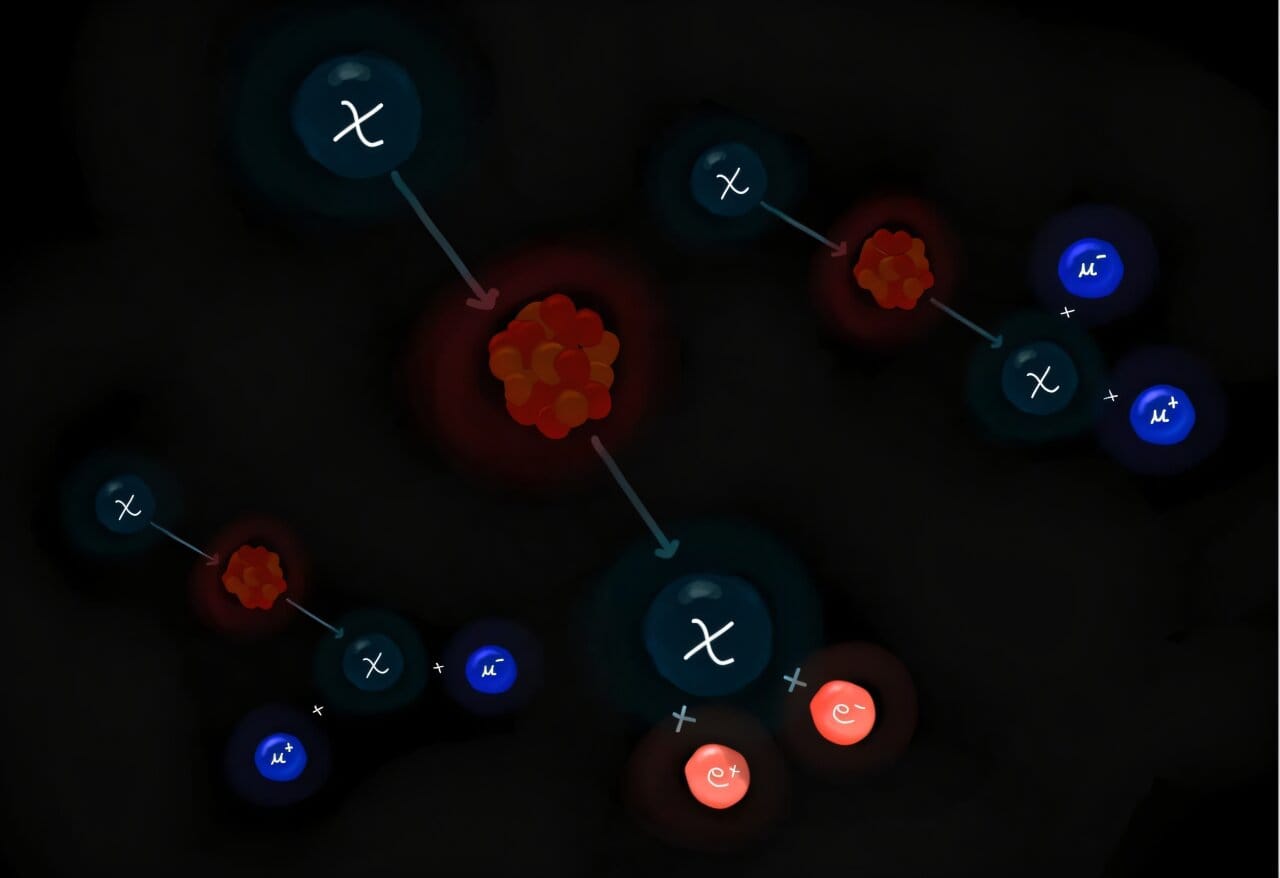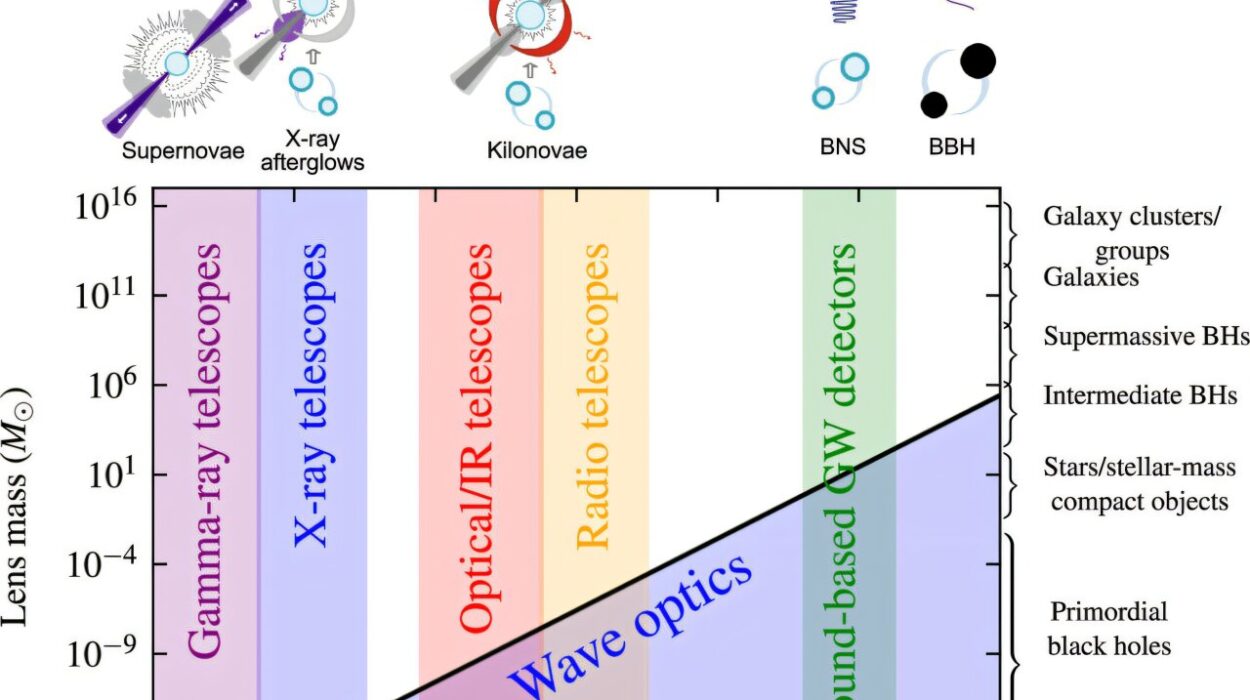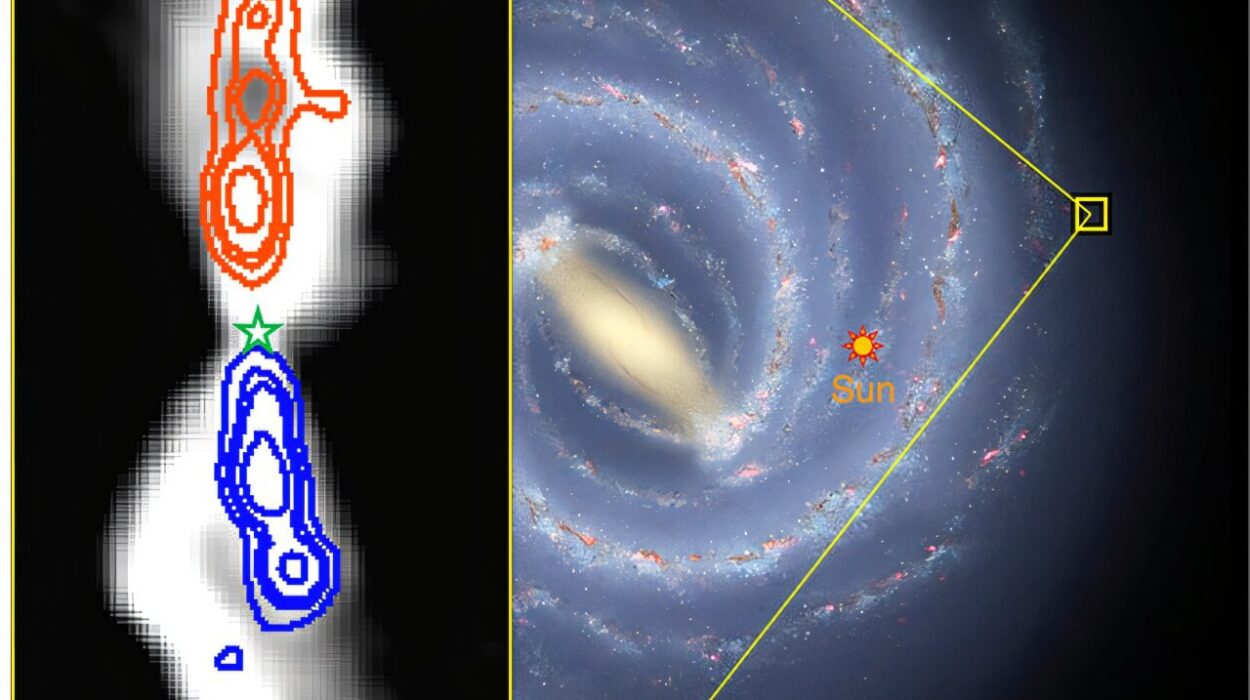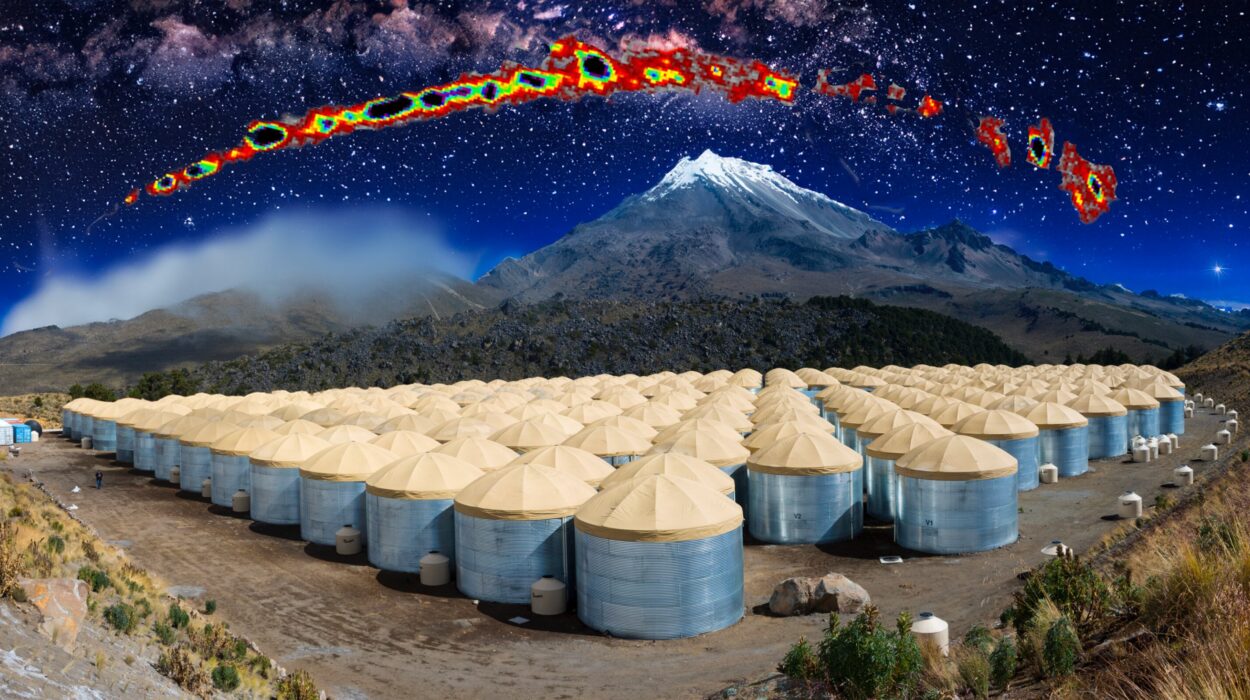For decades, dark matter has lingered at the edge of scientific discovery—a cosmic ghost that shapes galaxies but remains maddeningly elusive. Though it makes up an estimated 80% of the universe’s total mass, dark matter cannot be seen, touched, or directly measured with conventional tools. It doesn’t emit light, reflect it, or absorb it. It passes through us, through planets, and even through the Sun, without a whisper of its presence.
Physicists know it’s there because of its gravitational pull, bending the paths of stars and galaxies in ways ordinary matter cannot explain. Yet, despite generations of effort, dark matter has managed to avoid direct detection. The universe, it seems, has secrets it isn’t ready to share—until now.
A team of researchers at Texas A&M University may have just found a new key to unlocking one of modern physics’ greatest mysteries. In a paper recently published in Physical Review Letters, Bhaskar Dutta and his colleagues propose a bold new method to detect dark matter not by trying to catch its ghostly whispers, but by amplifying its potential roar—through a process known as internal pair production.
Their approach could change the game entirely, opening the door to experimental strategies that might finally allow us to see the unseen.
A New Lens on a Hidden Universe
Traditional dark matter searches have focused largely on two strategies. One looks for the subtle recoils that occur when a dark matter particle strikes an atomic nucleus—like feeling the brush of an invisible feather. The other tries to spot possible byproducts of dark matter’s slow decay or annihilation, such as gamma rays or neutrinos. But both approaches come with enormous challenges, especially when dealing with light dark matter—particles with relatively low mass.
In these scenarios, transferring enough energy to a heavy nucleus to register a “bump” becomes almost impossible. It’s like trying to knock over a bowling ball by flicking a ping pong ball at it. The result? No signal. No detection. And no progress.
The Texas A&M researchers turned this logic on its head.
Instead of looking for a single subtle bump, they proposed that when dark matter interacts with a nucleus, it could produce multiple particles in the aftermath—such as an electron-positron pair, a muon-antimuon pair, or even high-energy photons. This phenomenon, called dark matter internal pair production, allows the dark matter’s energy to be distributed among these newly created particles, while the nucleus remains virtually still. It’s a clever workaround for the energy mismatch that has long stymied past experiments.
According to Dutta and his team, these new particle pairs provide stronger, more distinct signals that can be detected more easily—and more confidently—than the elusive nuclear recoil alone.
Turning Neutrino Detectors Into Dark Matter Observatories
So where might this new detection method actually be used? The answer: in some of the world’s most advanced particle physics facilities.
Short-baseline neutrino experiments, such as those currently underway at Fermilab, are designed to study neutrinos—tiny, almost massless particles that barely interact with matter. But because these experiments produce large fluxes of particles via proton collisions, they’re also rich hunting grounds for energetic dark matter.
The researchers propose that dark matter particles generated during these collisions could interact with nuclei in the dense detector material, emitting visible particle pairs via internal pair production. These energetic signals would look very different from background neutrino interactions and could serve as unique identifiers for dark matter.
In other words, detectors built to catch fleeting neutrinos might already be catching glimpses of dark matter—they just haven’t known what to look for. The team believes their method can sharpen that vision.
Seeing the Unseen with Virtual Light
Central to the team’s theory is the concept of a virtual photon—a fleeting quantum fluctuation that mediates the interaction between the dark matter particle and the visible particles it produces.
Unlike real photons (light particles we can see and measure), virtual photons exist only for a brief instant during particle collisions. But in that blink of existence, they can spawn lepton-antilepton pairs—such as electrons and positrons or muons and antimuons—that fly out with enough energy to be detected.
Capturing this moment is not easy. The virtual photon doesn’t leave a trace, but the particles it creates can. With careful analysis of these final particles’ energies, directions, and timing, physicists may be able to piece together the signature of the dark matter interaction that gave birth to them.
It’s a bit like hearing the splash and ripples of a stone thrown into a pond—even if you never saw the stone itself.
Lighting Up the Cosmic Dark
Perhaps most exciting is that the team’s proposal doesn’t stop at terrestrial experiments. They believe this method could be extended to search for galactic dark matter—particles that drift through the Milky Way and beyond, or that are produced in violent astrophysical events like blazars, active galaxies with jets of high-energy particles pointed at Earth.
In such high-energy environments, internal pair production could again occur, yielding telltale particles that might be detectable by next-generation neutrino and cosmic-ray observatories. Massive detectors like DUNE, Hyper-Kamiokande, JUNO, IceCube, and KM3NeT may all become platforms for this new kind of dark matter search.
By tuning their instruments to look for the right signals—muon pairs, photon bursts, or electron-positron cascades—researchers could, for the first time, directly observe the fingerprints of dark matter outside the Earth’s lab bench.
A New Chapter in a Long Search
The search for dark matter has been one of the most enduring quests in science. Since the 1930s, when astronomer Fritz Zwicky first noticed galaxies behaving as if they had hidden mass, physicists have been chasing a shadow. Over the years, dark matter has become one of the most vital pieces in the puzzle of the cosmos. It holds galaxies together, seeds the formation of structure in the universe, and likely shaped the very web of matter that stretches across billions of light-years.
But until we can detect it directly, it remains a mystery—a placeholder in equations, a ghost in the gravitational machine.
Dutta and his collaborators may have just brought us a step closer to making dark matter real—not just as an idea, but as a thing we can observe, study, and understand.
Their method doesn’t promise instant answers, but it promises a new kind of clarity, a fresh set of eyes on a problem that has outwitted generations of scientists. And in doing so, it reminds us that the universe, no matter how dark, is never truly silent—it’s just waiting for us to learn how to listen.
A Glimmer in the Dark
Albert Einstein once transformed our view of the cosmos with a simple idea: that space and time are not fixed, but flexible—capable of stretching, bending, even dancing in the presence of matter. Today, we may be on the edge of another such shift, one that could illuminate the darkest corners of the universe.
Dark matter has shaped the story of the cosmos from the beginning. Now, thanks to creative minds willing to think beyond traditional methods, we might finally turn the page and read that story in full.
As science continues its long journey through the void, searching for meaning in the cosmic silence, new ideas like this one remind us: the universe is full of light—even if we haven’t seen it yet.
More information: Bhaskar Dutta et al, Dark Matter Internal Pair Production: A Novel Direct Detection Mechanism, Physical Review Letters (2025). DOI: 10.1103/ry3x-dw48.






